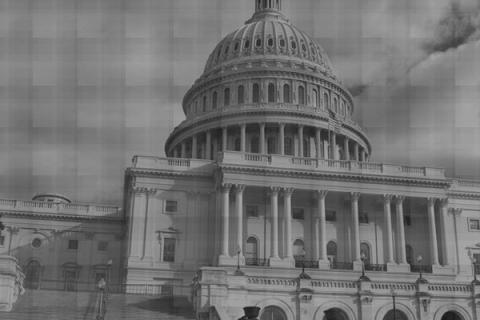Energy has long been a highly disputed issue in California and the upcoming rise in prices this summer will certainly discontent many Californians.
In California, utility companies do not have real control over the amount they can charge their customers. This is the result of a bill, Indeed, passed by the California legislature following the famous 2000/2001 energy crisis, that prevents the California Public Utilities Commission (CPUC) from altering the energy rates.
Under the current system, the price system is calculated according to an energy consumption baseline. Consumers under that baseline, low income families, people living in apartment buildings, pay less for their energy and are also protected from any increase in prices. Consumers above these baselines, large households, businesses, logically pay more but without the same protection have seen their bill increase significantly over the years.
Indeed, over last 12 years California's energy costs have risen for a number of reasons:
- Millions of dollars have been invested in infrastructures,
- Public and private utilities have to pay a carbon tax under California's cap and trade
- Regulations requiring 33 percent of California's energy be renewable by 2020 have forced utility companies to rely on costlier renewable sources.
Because of the fixed energy rate system, the increase in prices has not been fairly allocated. Most of the increase has been endured by only 30 percent of all consumers, who have seen their bill go up by as much as 100 percent.
This summer, utilities companies will be compelled to raise their prices once more, by 30 to 40 percent. The increase will affect the same consumers, many of which are middle class families, who are already paying more than their share for their energy.
However, this outcome is not irremediable. The legislature is currently considering AB 327, a bill introduced by Assemblymember Henry Perea, that would end the fixed rate structure and would allow the CPUC to develop a fairer rate structure that meets California’s energy needs as efficiently as possible.
The following infrographic was provided by Fix My Energy Bill.
Credit: Fixmyenergybill.com
